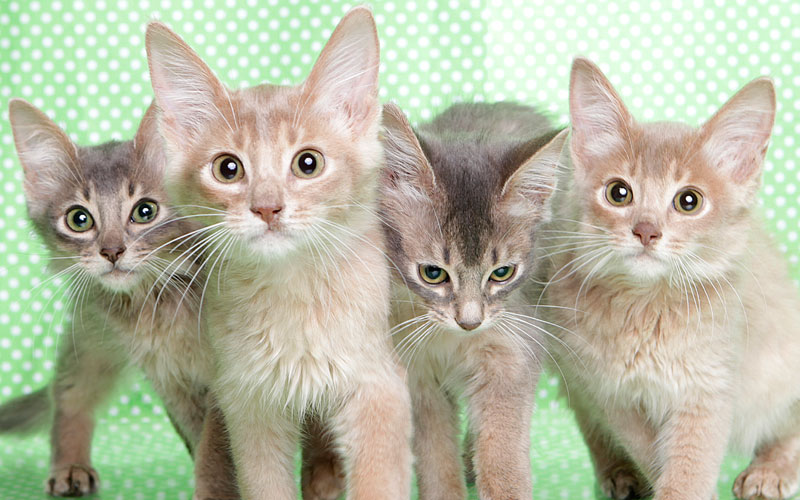Catnip can have a euphoric effect on cats, giving them quite a buzz. But Caroline Zambrano discovers that not all cats are hip to the herb and offers alternatives.
Catnip is a plant of the mint family, native to southern and eastern Europe, the Middle East, central Asia and parts of China. It is recognised by its heart-shaped green leaves and purple-spotted white flowers.
More importantly, catnip has a strong smell that can be attractive to cats and gives many a buzz. The herb is generally used for environmental enrichment, such as for indoor cats that need more stimulation.
Dr Elaine Cebuliak, an integrative veterinarian from Animal Wellness in Brisbane, Queensland, has had much experience using catnip during her veterinary work in the United States.
Interestingly, she has seen more cats in Australia immune to the catnip experience. “I don’t think I have the numbers [in Australia] to judge, but it’s peculiar that not all cats like catnip,” she says. “I have seen more avoidance reactions in cats in Australia. Not the lulling and calm or ‘crazy love, rub this stuff all over me’ reaction I have seen in some cats in the USA.”
In fact, Dr Elaine recently tested catnip essential oils (which have a stronger smell) on her own foster cats and found they avoided it, too. Studies have shown that catnip sensitivity is hereditary — about 70 to 80 per cent of cats exhibit this behaviour in the plant’s presence. In addition, catnip does not affect kittens until they are about six months old and begin to reach sexual maturity.
“For cats that do react to catnip, it doesn’t make them angry, although some cats display signs of resource guarding (‘hissing away’) to another cat that comes near their territory.
Benefits of catnip to cats Some of the benefits of catnip to cats include:
- It can make cats relaxed and happy.
- It encourages the use of a scratching post.
- It stimulates cats to active play and exercise.
- A little catnip in a carrier may help ease the stress of travelling.


Leave a Reply